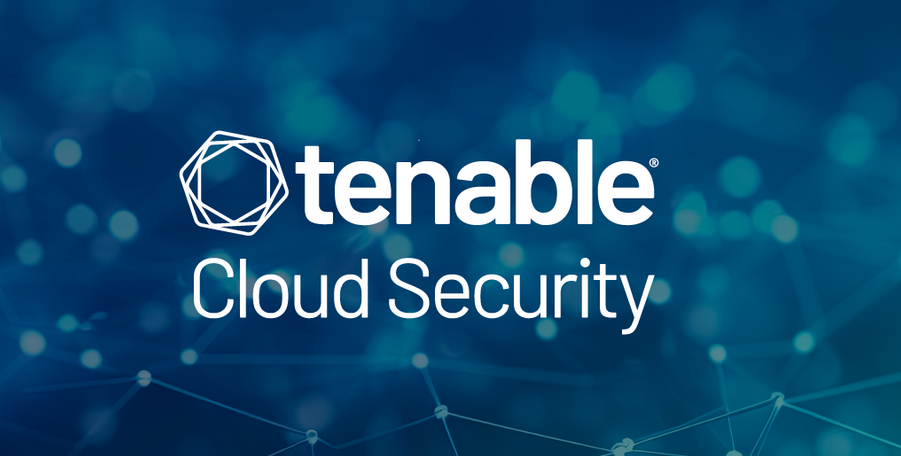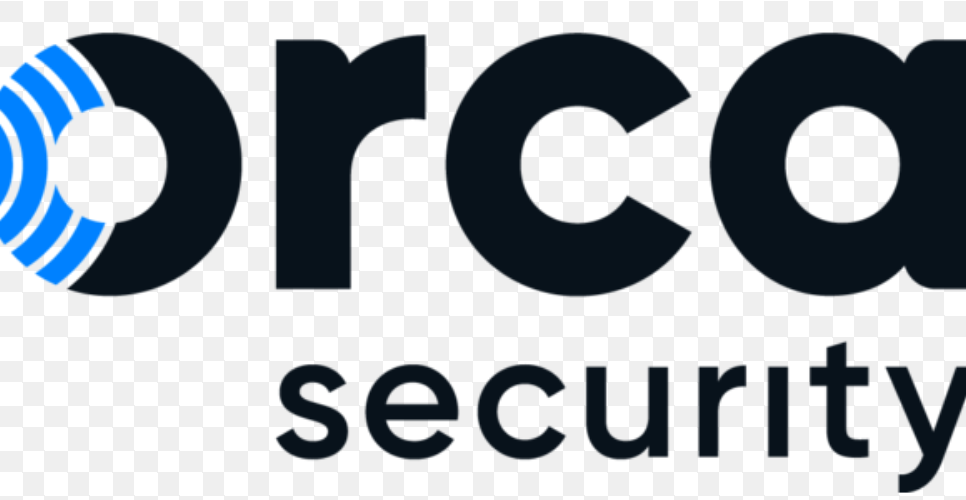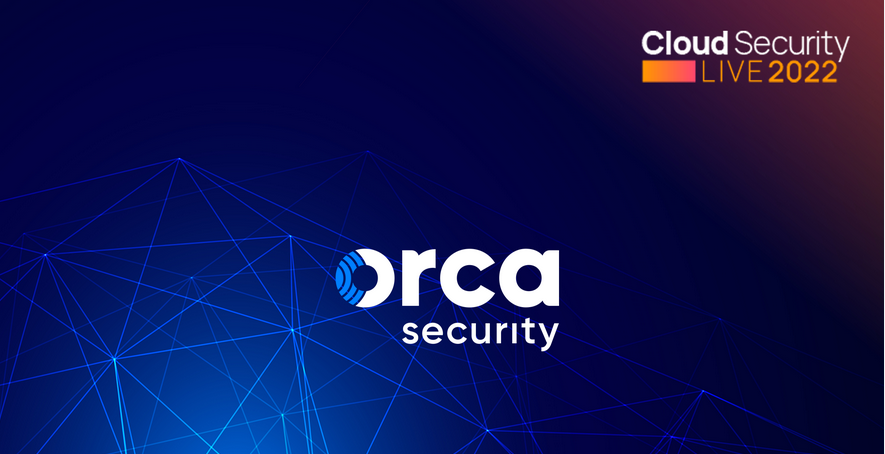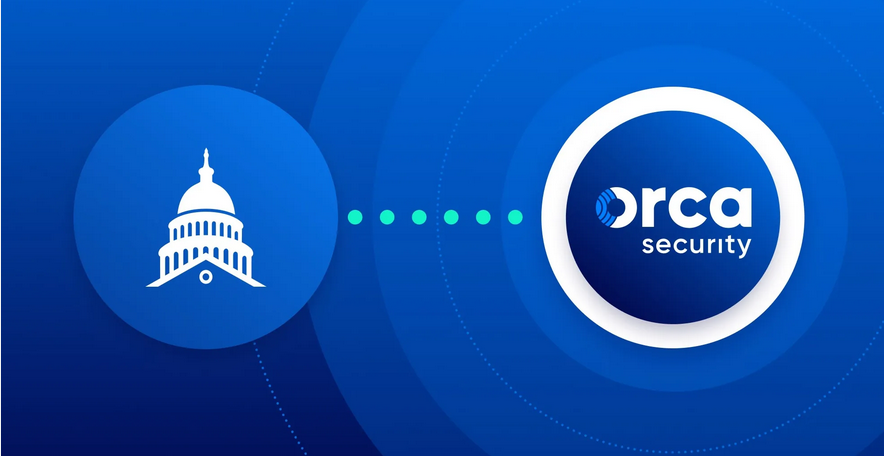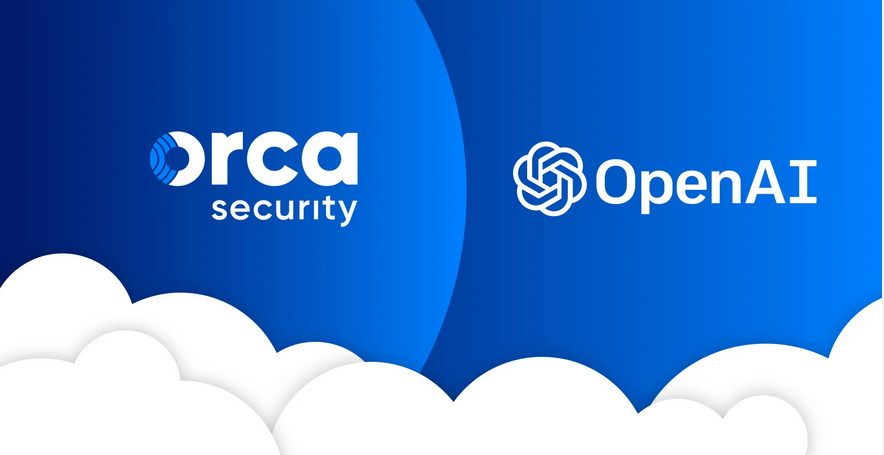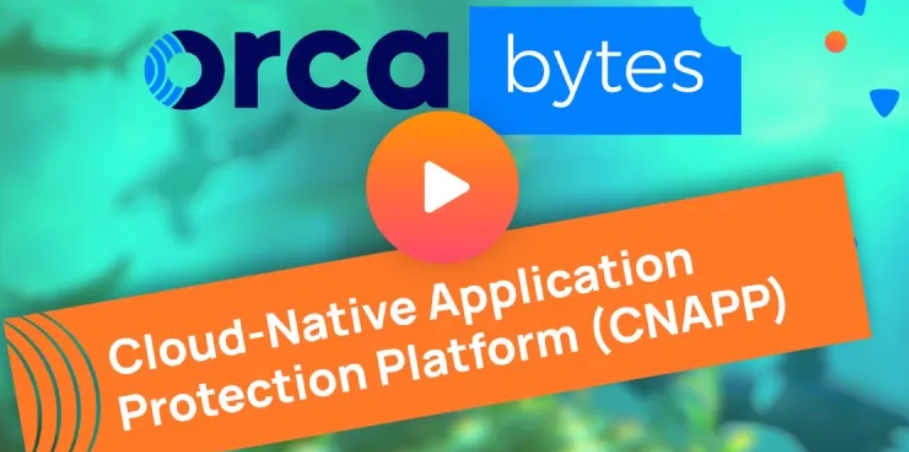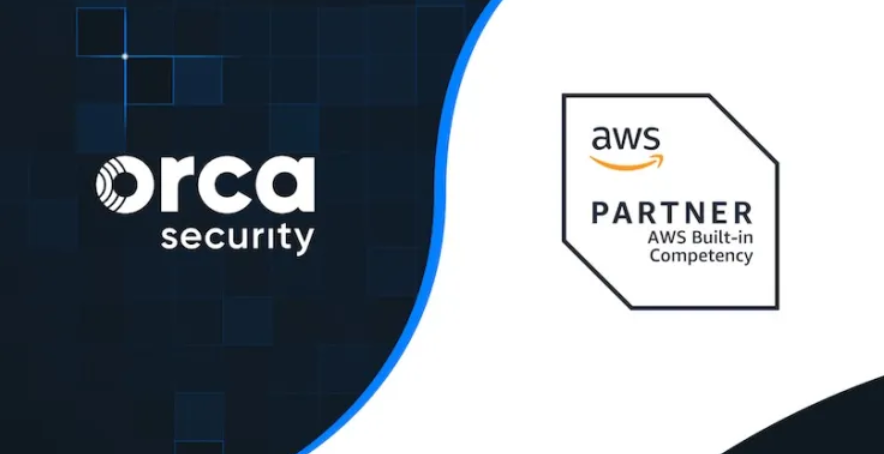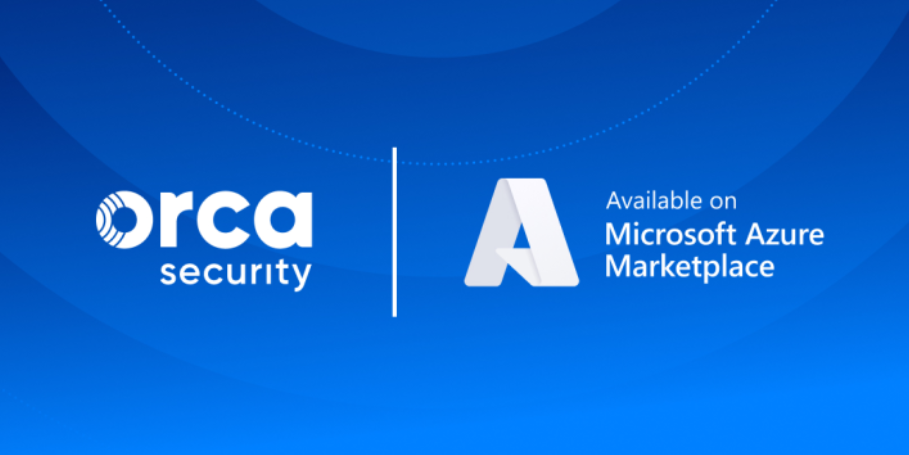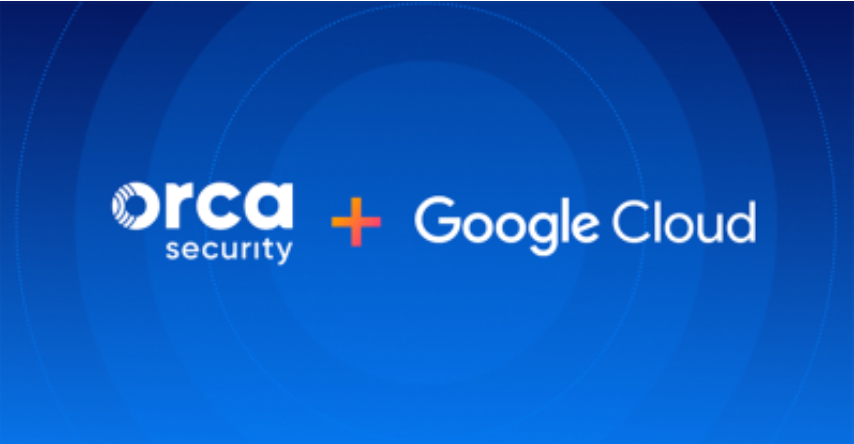Managing users, groups, and API permissions in CSPM tools comes with several challenges and requires adherence to best practices to ensure effective access control and security. Let us look at some usual challenges in permissions management in CSPM tools:
- Complexity and scale: CSPM tools often deal with complex and dynamic cloud environments, involving multiple cloud platforms, numerous resources, and many users. Managing users and their permissions across such a dynamic landscape can become challenging, especially when considering frequent changes, onboarding/offboarding users, and evolving cloud resources.
- Role and permission creep: This refers to the gradual accumulation of excessive privileges or permissions assigned to user roles over time. This occurs when users accumulate excessive privileges or are granted permissions beyond what is necessary for their role, leading to increased security risks and potential misuse of privileges.
- Granularity and fine-grained access control: CSPM tools may require fine-grained access control to ensure that users have appropriate access to specific features, resources, or data. Implementing and managing granular access control can be challenging, as it requires a careful balance between granting sufficient access for users to perform their tasks while limiting unnecessary privileges.
Best practices to overcome permission-related challenges
Organizations can effectively manage permissions in CSPM tools, reduce security risks, maintain compliance, and ensure the integrity of their cloud security posture. Let us understand the best practices to overcome the challenges discussed previously:
- Centralized IAM: Integrate CSPM tools with centralized IAM systems to leverage existing user directories and authentication mechanisms. Centralized IAM provides a single source of truth (SSOT) for user management and simplifies access control across multiple systems and applications.
- PoLP: Adhering to PoLP is crucial in CSPM user management. Users should be granted the minimum privileges necessary to perform their specific tasks, reducing the risk of unauthorized access or misuse of privileges. Regular reviews of user permissions should be conducted to ensure permissions align with job responsibilities.
- Role-based access control (RBAC): Implement RBAC to simplify and streamline user management. Define roles based on job functions, responsibilities, and access requirements. Assign users to appropriate roles rather than individually assigning permissions. This allows for easier administration, scalability, and consistent access control across the organization.
- Standardize attributes and use attribute-based access control (ABAC): Standardize attributes to ensure consistency across your cloud environment. This simplifies the management of permissions and reduces the potential for misconfiguration. ABAC enables precise, context-aware access decisions, reducing over-privileging and the risk of unauthorized access. It provides a more precise and versatile alternative to traditional access control models such as RBAC.
- Utilize tag-based access control (TBAC): Utilize tags and TBAC effectively because it provides a dynamic and fine-grained approach to access control in complex and dynamic environments.
- Regular access reviews and audits: Conduct periodic reviews and audits of user accounts and permissions to ensure they remain accurate, up to date, and aligned with organizational requirements. Review user access privileges, remove unnecessary access, and identify any anomalies or deviations from established access controls.
- Segregation of duties (SoD): Implement SoD to prevent conflicts of interest and reduce the risk of fraudulent activities. Ensure that critical tasks, such as configuration changes or approving access requests, require multiple individuals with distinct roles and responsibilities to prevent single points of failure (SPOFs) or potential security breaches.
- Streamlined user onboarding and offboarding processes: Establish well-defined processes for user onboarding and offboarding. This includes ensuring proper user provisioning and deprovisioning procedures, including the creation, modification, or deletion of user accounts and associated permissions. Promptly remove access for users who leave the organization or change roles to prevent unauthorized access.
- Training and awareness: Provide training and awareness programs to educate users about the importance of security, appropriate use of privileges, and adherence to organizational security policies. Users should be aware of their responsibilities, the potential risks of inappropriate access or actions, and the importance of reporting any security concerns.
- Regular backup and disaster recovery (DR): Implement regular backups of user and permission configurations within the CSPM tool. This ensures that user management settings can be restored in case of accidental deletion, system failure, or other unforeseen circumstances.
